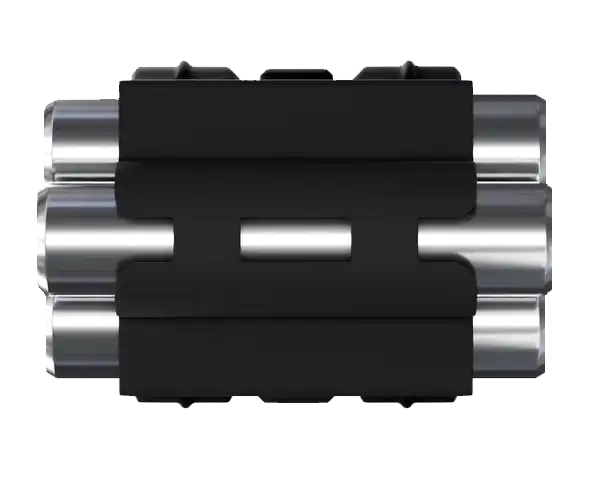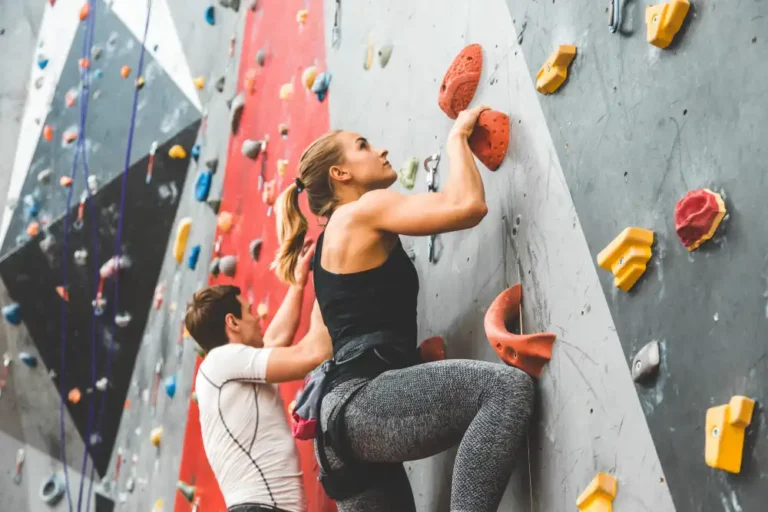Are you struggling to maintain your grip on challenging climbing routes? Improving your grip strength is crucial for success in rock climbing. This article will explore why grip strength matters, differentiate between grip and finger strength, and provide five effective exercises to boost your climbing performance. We’ll also guide you on selecting the right equipment for grip training, helping you make contact with the climbing wall more effectively. Whether you’re a beginner or an experienced climber, these tips from a legal doc expert will enhance your toe and finger strength for better climbing experiences.
Why Is Grip Strength Important for Rock Climbing?

Grip strength is crucial for rock climbing, as it enables climbers to maintain contact with the wall and execute challenging moves. Strong forearms and fingers allow climbers to grip small holds, perform dynamic movements, and sustain prolonged climbing sessions.
Developing climbing grip strength through targeted training exercises, such as using a finger strengthener for climbing, can significantly improve overall performance. Enhanced grip strength reduces the risk of injury and fatigue, allowing climbers to tackle more difficult routes and boulder problems.
Effective climbing grip training not only benefits the hands and forearms but also contributes to overall upper body strength, including the shoulders. This comprehensive approach to strength development enables climbers to progress in their skills and tackle increasingly challenging climbs with confidence.
Understanding the Average Grip Strength for Climbing

Average grip strength for climbing varies depending on experience and training. Climbers often develop significant finger strength through regular practice at the climbing gym and targeted finger strength training for climbing.
Tendons in the fingers and wrists adapt to the stress of climbing over time, increasing overall grip strength. Consistent training helps climbers achieve the necessary strength to tackle challenging routes and boulder problems.
Wrist strength also plays a crucial role in overall grip performance. Climbers should incorporate exercises that target both finger and wrist strength to improve their climbing abilities and reduce the risk of injury.
Differentiating Grip Strength and Finger Strength

Grip strength encompasses the overall power of the hand, including the thumb and fingers, while finger strength specifically targets individual digit strength. Climbers benefit from both types of strength training to enhance their performance on various hold types.
Hand and finger strength training for climbing involves targeted exercises using specialized equipment or body weight. These exercises focus on developing the muscles and tendons in the fingers, hands, and forearms to improve overall grip strength.
Weight training can complement grip-specific exercises to build overall upper body strength. Climbers should balance grip and finger strength training with general fitness to achieve optimal climbing performance and reduce injury risk.
Five Effective Exercises to Boost Grip Strength for Climbing

Enhancing grip strength is essential for climbing performance. This section presents five effective exercises targeting finger and hand strength for climbing. These include dead hangs, weight plate pinches, wrist rotations, and wrist curls and extensions. Each exercise focuses on specific aspects of grip strength, improving overall climbing ability and reducing injury risk.
Incorporate Full Minute Dead Hangs for Enhanced Grip
Dead hangs are a fundamental exercise for improving climber grip strength and reducing the risk of injury in rock climbing. By incorporating full minute dead hangs into their training routine, climbers can significantly enhance their grip strength for rock climbing. This exercise targets the forearms, fingers, and shoulders, simulating the demands of sustained holds on challenging routes. To increase difficulty, climbers can use smaller holds or add weight with a dumbbell attached to a climbing harness, progressively building grip endurance and strength.
Utilize Weight Plate Pinches to Build Forearm Strength
Weight plate pinches offer an effective method for building forearm strength, crucial for bouldering grip training and enhancing finger strength for climbing. Climbers can incorporate this exercise by pinching weight plates between their thumb and fingers, holding for set durations to improve endurance. As strength increases, climbers can progress to heavier plates or longer hold times, simulating the demands of challenging bouldering problems and routes.
Perform Wrist Rotations for Improved Grip Stability
Wrist rotations enhance grip stability, crucial for challenging wall climbs and campus board exercises. Climbers can perform this exercise using a barbell or dumbbell, rotating the wrist to engage forearm muscles. Regular practice of wrist rotations, combined with wrist curls, strengthens the muscles responsible for maintaining a secure grip on various climbing holds.
Engage in Wrist Curls and Extensions to Fortify Grip Endurance
Wrist curls and extensions target the skeletal muscles and ligaments essential for sport climbing, enhancing grip endurance. These exercises, performed with dumbbells or a fingerboard, strengthen the forearms through isometric exercise. By incorporating wrist curls and extensions into their training regimen, climbers can improve their ability to maintain a secure grip during extended climbing sessions.
Selecting the Right Equipment for Grip Training

Selecting the right equipment for grip training is crucial for climbers seeking to enhance their performance. This section explores the benefits of functional training tools like pulleys, resistance bands, and kettlebells for grip development. It also discusses nutrition strategies to support grip strength goals, focusing on the importance of proper nutrition for connective tissue health.
Benefits of Functional Training Tools for Grip Development
Functional training tools offer significant benefits for grip development in climbing. Force adaptation through varied exercises with grippers, pulleys, and resistance bands enhances overall hand strength. Climbers can incorporate these tools into their warming up routine, gradually increasing intensity to prepare for challenging routes. Adding equipment to a training cart allows for convenient, versatile workouts that target specific aspects of grip strength.
Nutrition Strategies to Support Grip Strength Goals
Proper nutrition plays a crucial role in supporting grip strength goals for climbers. A balanced diet rich in protein, healthy fats, and complex carbohydrates provides the necessary nutrients for muscle recovery and tissue repair. Climbers should focus on foods that promote bone density and joint health, such as those high in calcium and vitamin D, to support the fingers and knees during intense training sessions. Additionally, maintaining proper hydration helps improve the elasticity of connective tissues, allowing climbers to maintain optimal finger and hand angles during challenging routes.
Conclusion
Grip strength is paramount in rock climbing, enabling climbers to tackle challenging routes and reduce injury risk. Targeted exercises like dead hangs, weight plate pinches, and wrist rotations effectively enhance grip strength, finger power, and overall climbing performance. Proper equipment selection and nutrition strategies further support grip development and tissue health. By prioritizing grip training, climbers can significantly improve their abilities, conquer more difficult climbs, and enjoy a safer, more rewarding climbing experience.

Buy Finger Weights
$80-150
The one-piece model with three-arm clasp, designed to fit virtually any size finger. Each unit is adjustable in 10-gram increments up to 30 grams per finger. It stays comfortably secure and is intended for less rigorous motion and movements.

